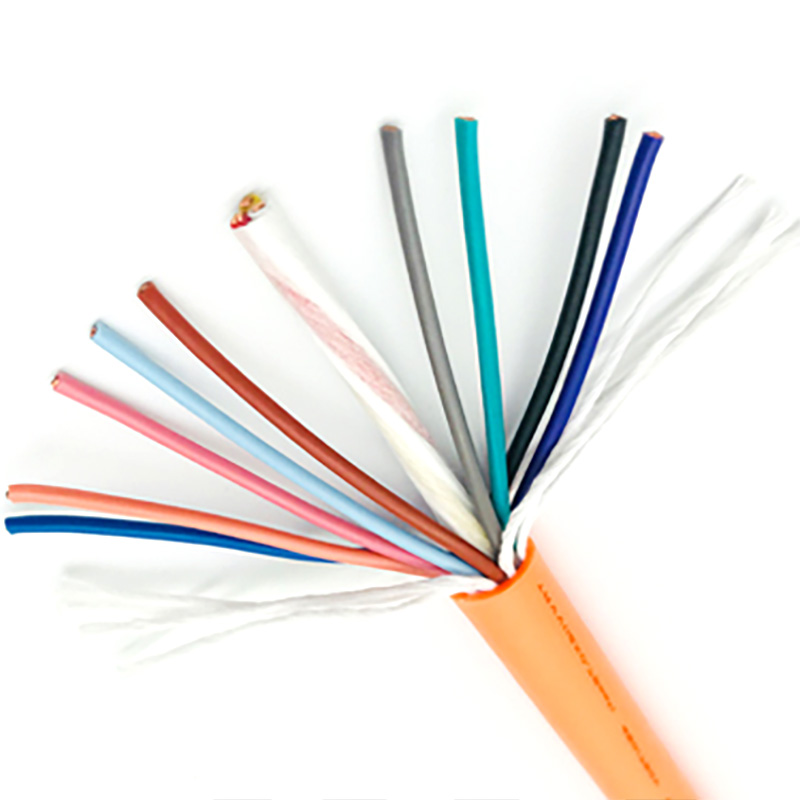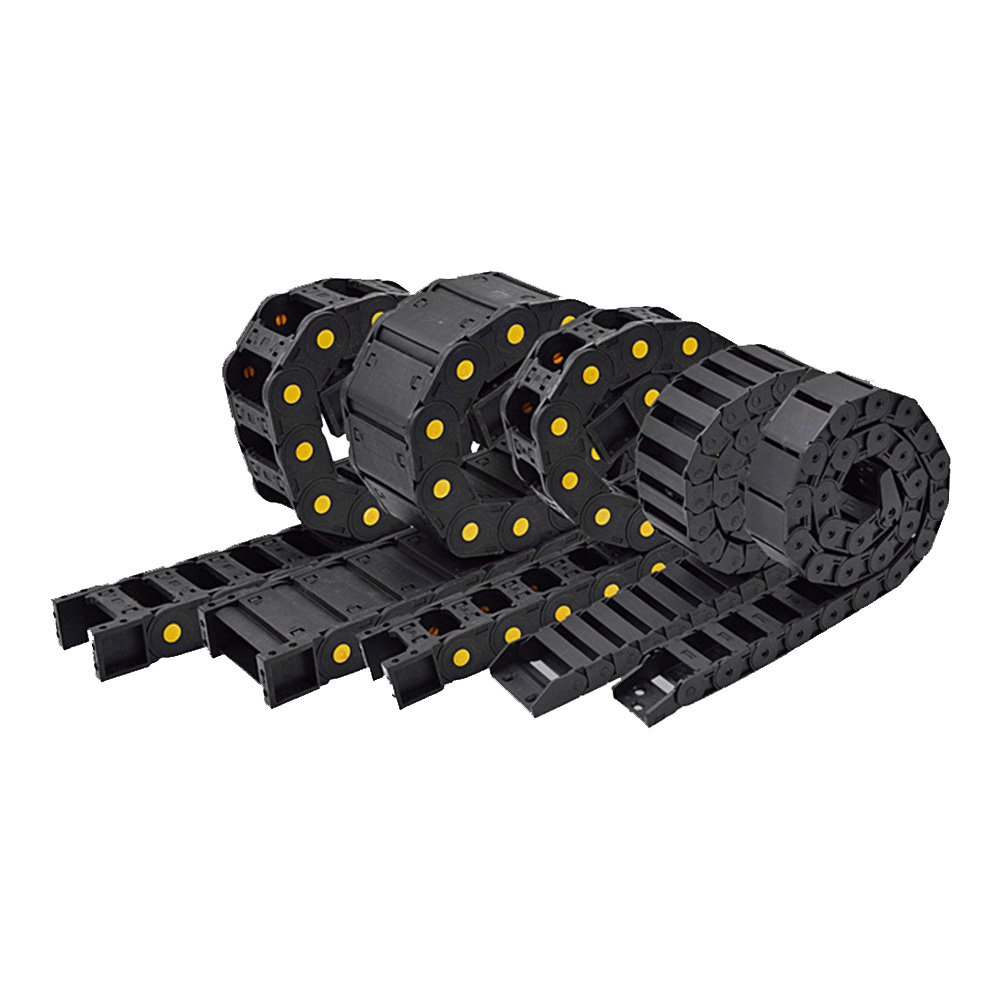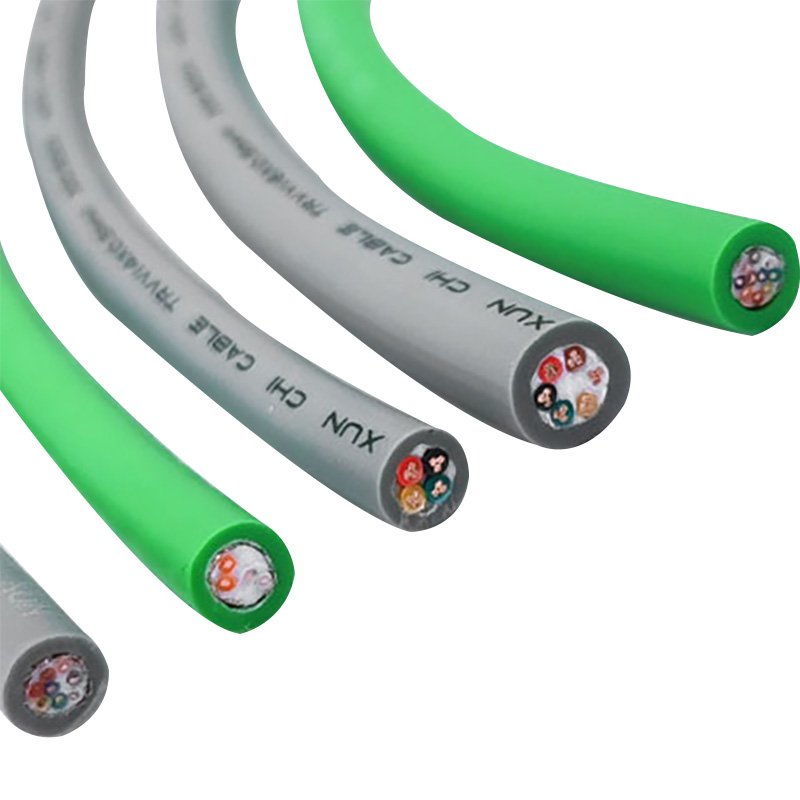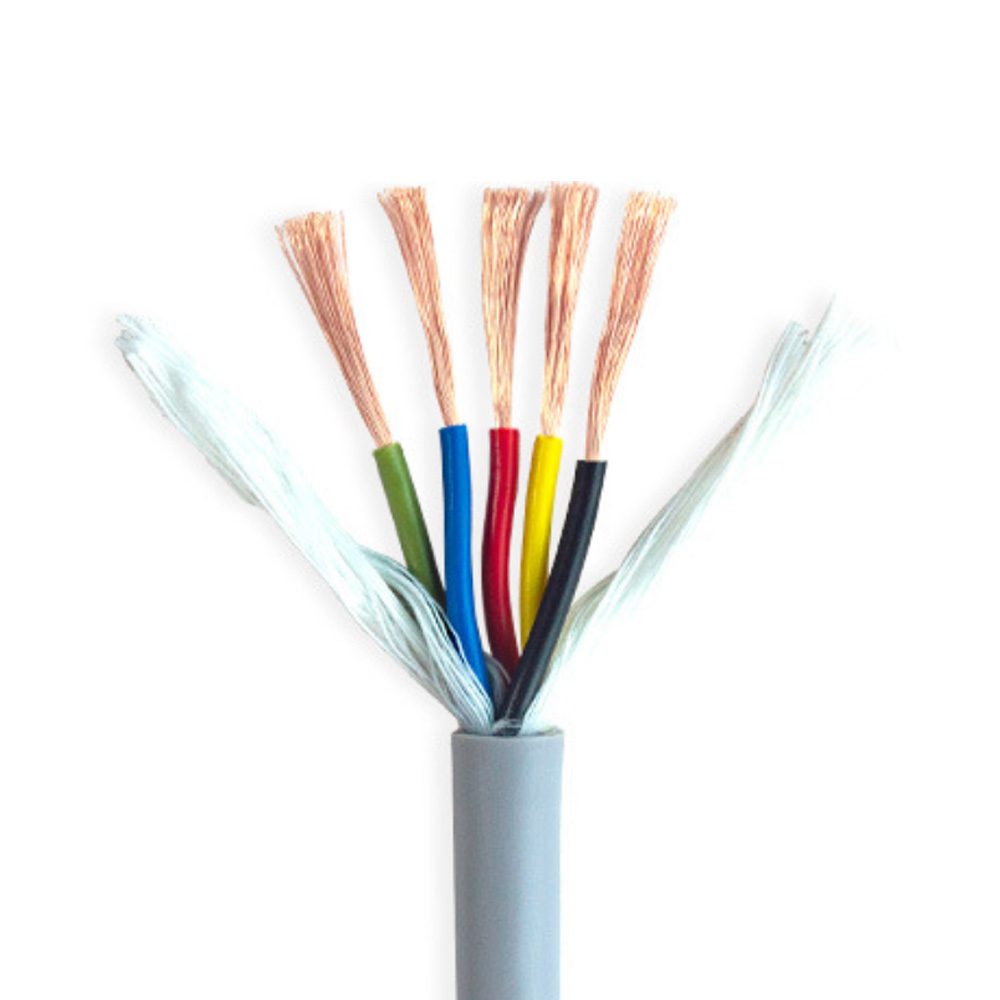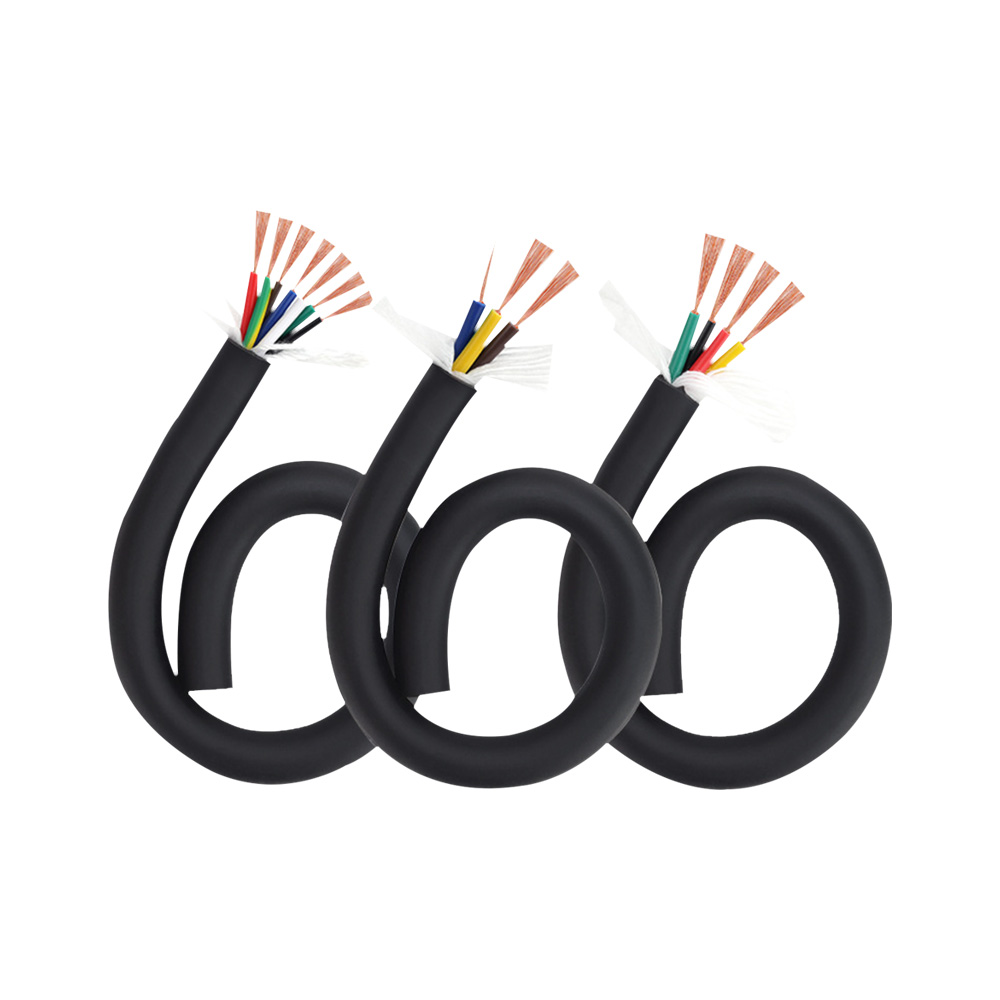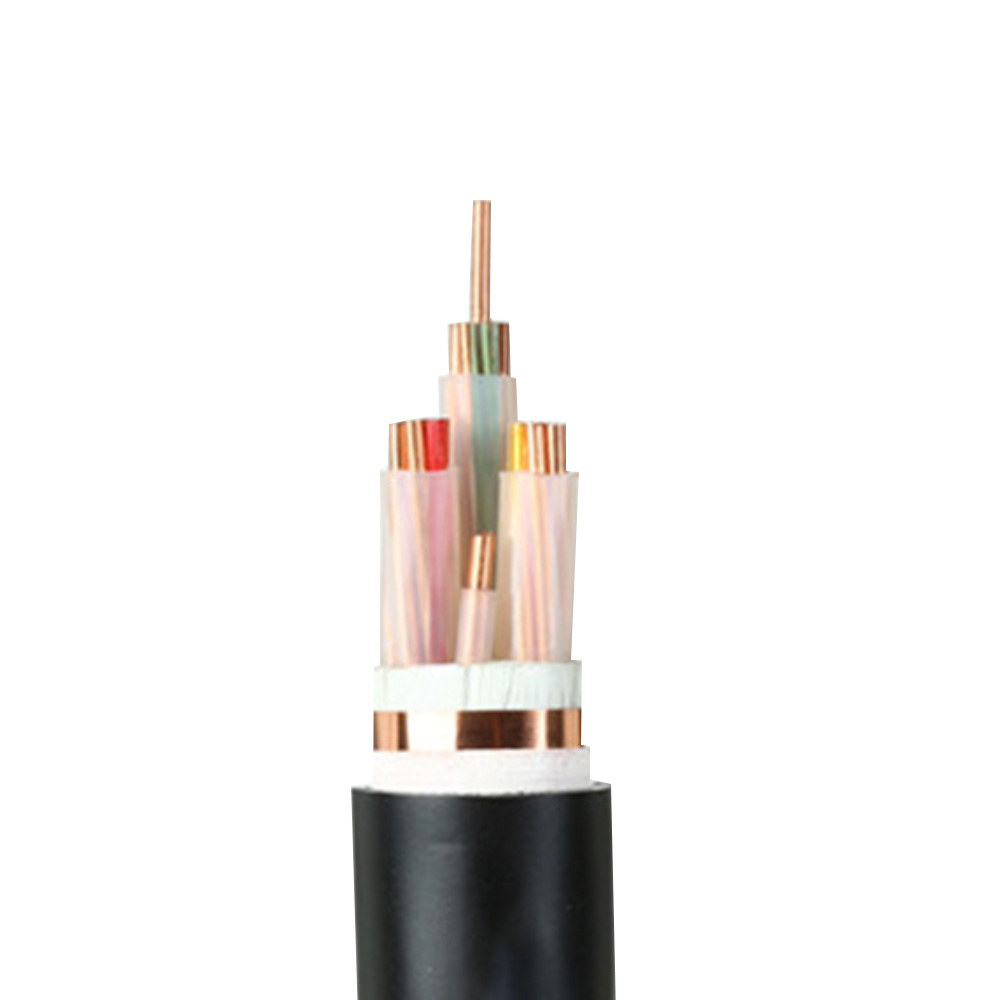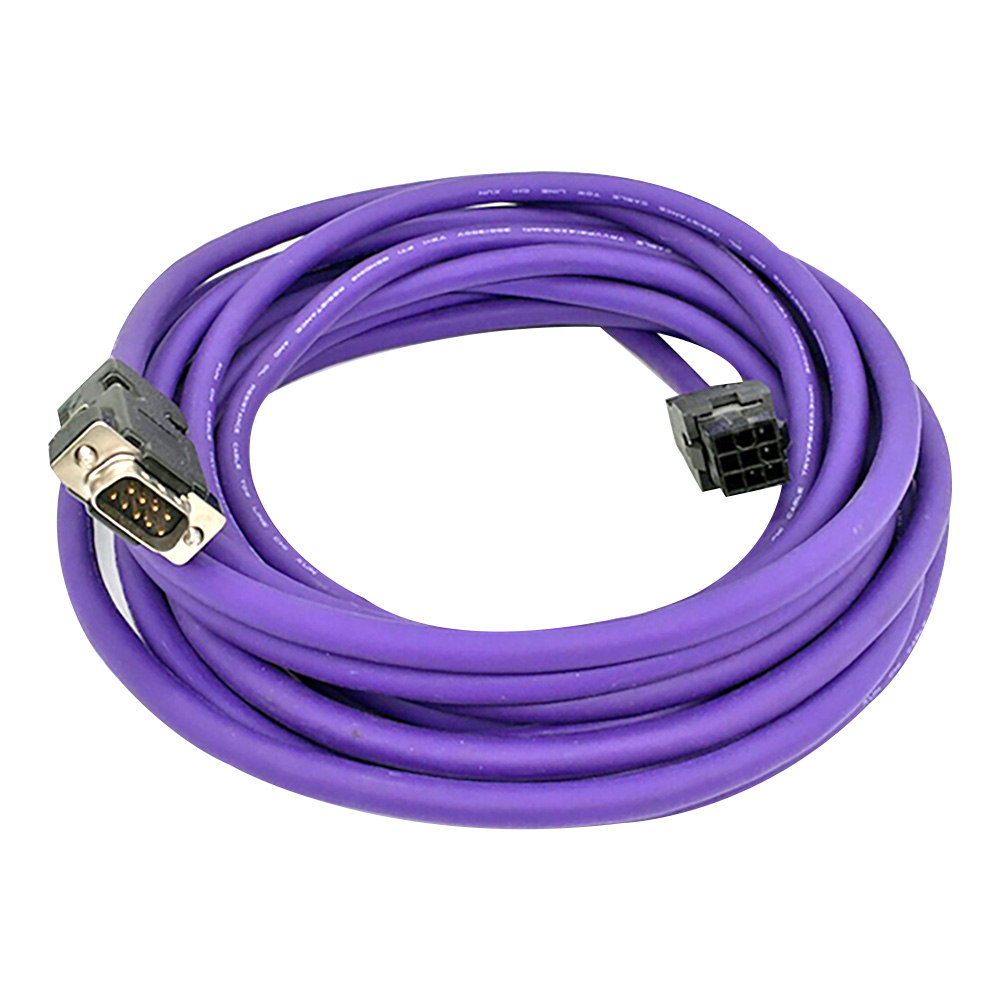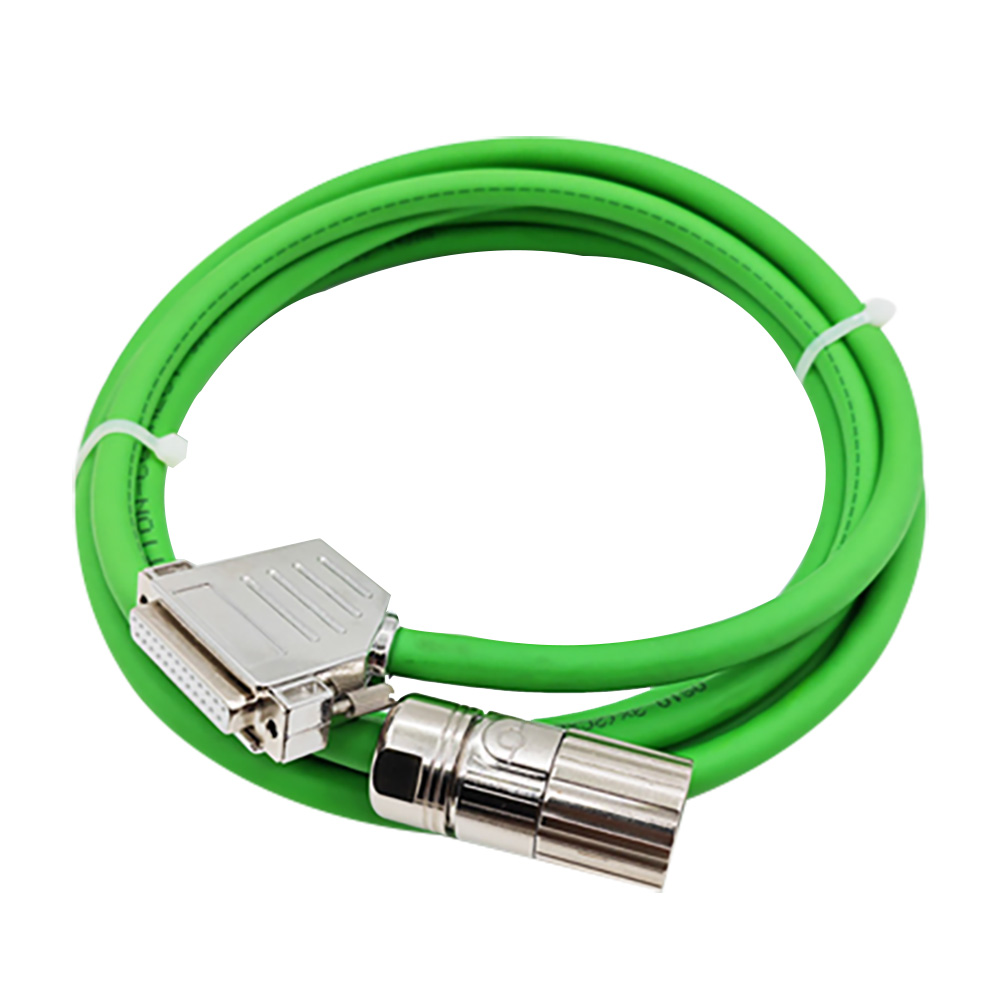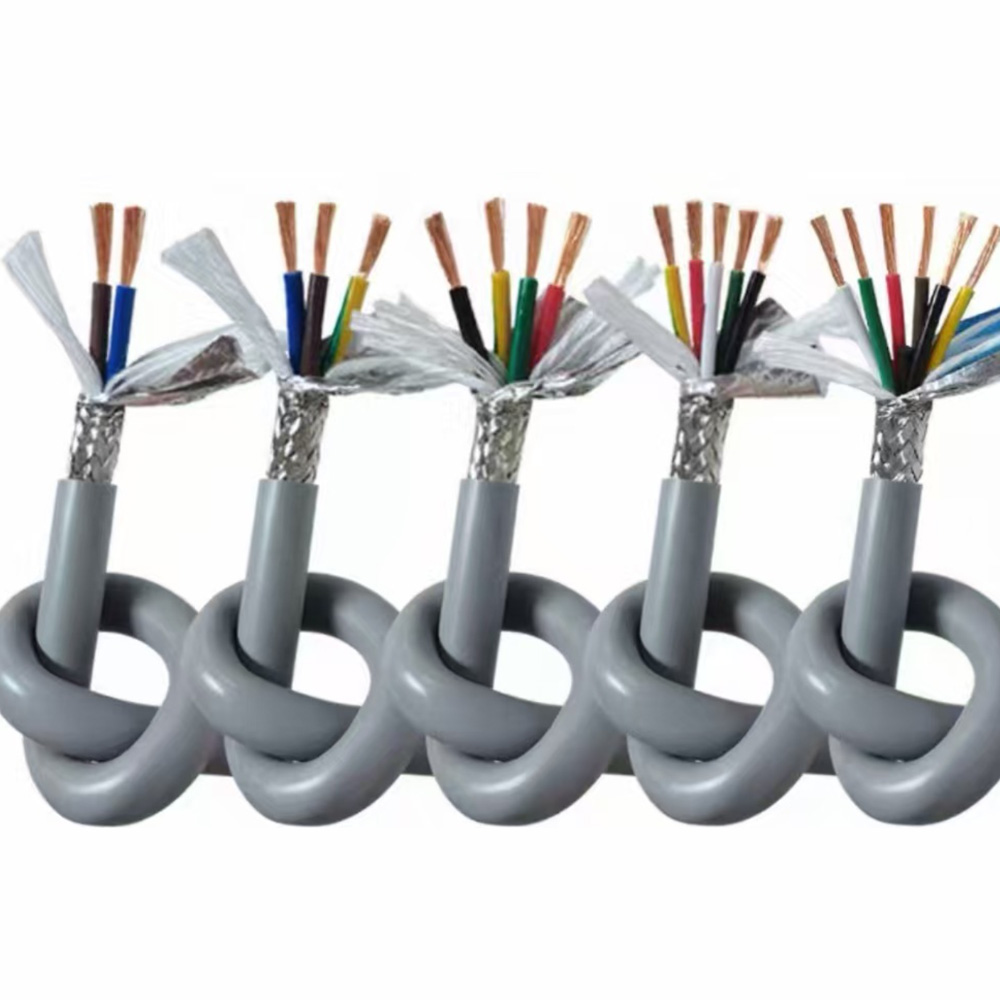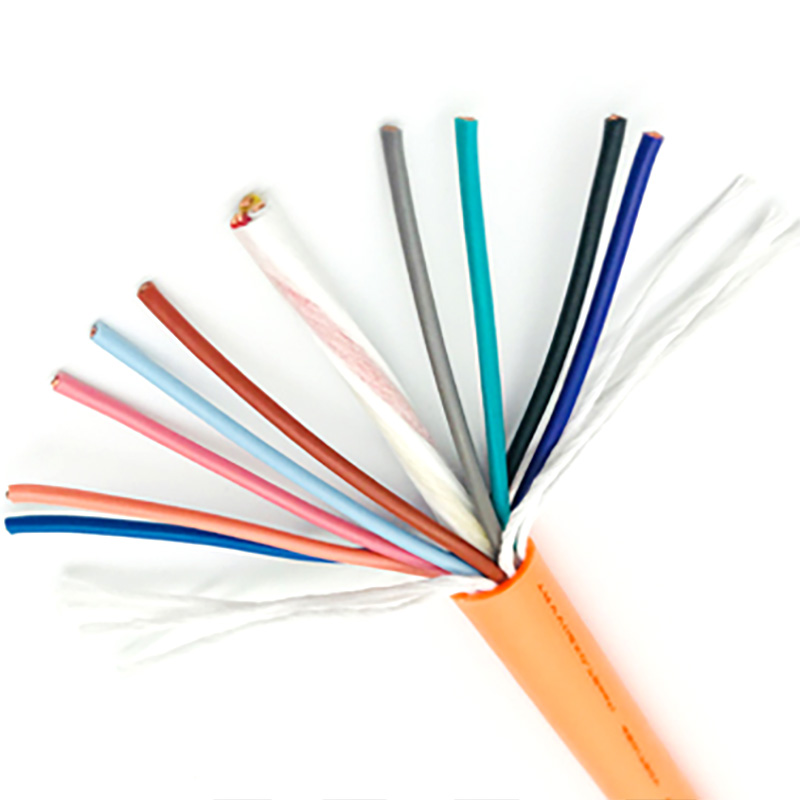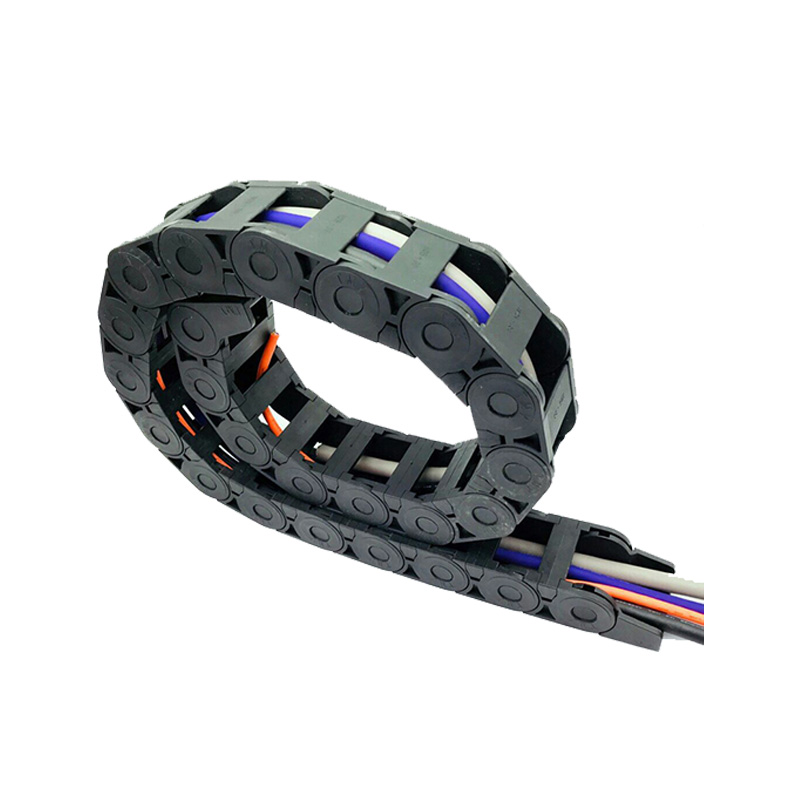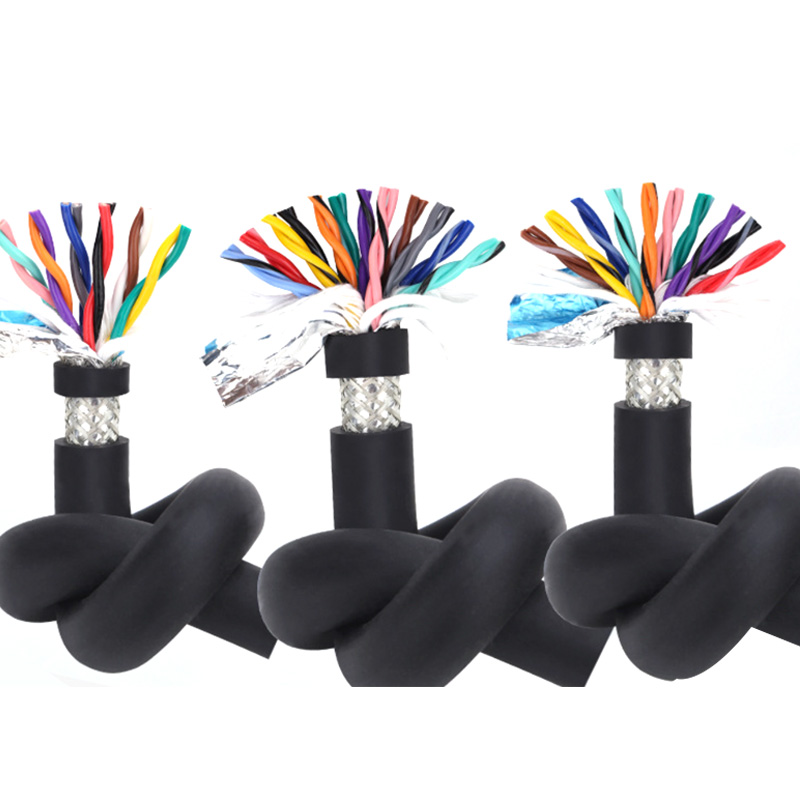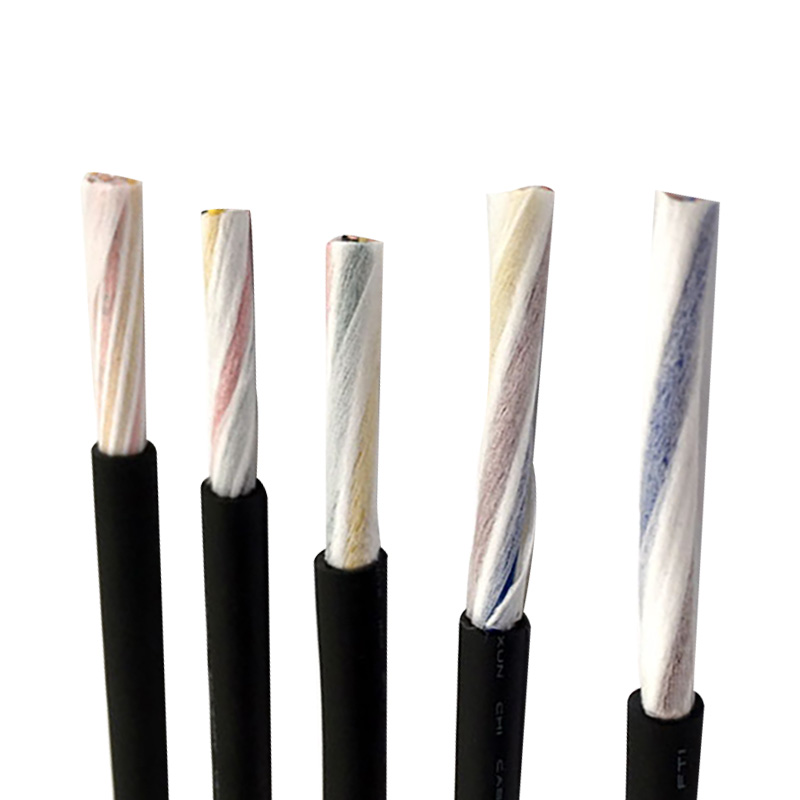
High Flexibility Cable
Special Customized High Flexibility Drag Chain Cable
- Product Brief: The Special Customized High Flexibility Drag Chain Cable is a highly specialized dynamic cabling solution tailored to meet the unique and demanding requirements of complex industrial applications. Unlike standard drag chain cables, this product is engineered with personalized configurations, combini
Description
The Special Customized High Flexibility Drag Chain Cable is a highly specialized dynamic cabling solution tailored to meet the unique and demanding requirements of complex industrial applications. Unlike standard drag chain cables, this product is engineered with personalized configurations, combining exceptional flexibility with robust performance to adapt to the specific motion patterns, environmental conditions, and functional needs of diverse automated systems. It serves as a reliable link for power transmission, signal communication, or hybrid (power + signal) transmission in equipment that operates under continuous reciprocating motion, making it an indispensable component in high-precision industrial scenarios.
Core Features & Customization Advantages
1. Tailored Flexibility for Specific Motion Scenarios
The "high flexibility" of this cable is not a one-size-fits-all attribute but is customized based on the bending frequency, bending radius, and motion amplitude of the target application. For instance:
For equipment with ultra-frequent bending (up to millions of cycles, e.g., high-speed robotic arms), the cable is designed with ultra-fine stranded oxygen-free copper conductors (strand diameter down to 0.08mm) and layered twisting structures to minimize conductor fatigue.
For systems requiring tight bending radii (e.g., compact drag chains in miniaturized automation equipment), the cable’s insulation and sheath are made of low-modulus elastomeric materials (such as modified TPE or PUR) to ensure flexibility without cracking.
2. Customizable Structural Design
Every key component of the cable can be customized to match specific application needs:
Conductor Configuration: Number of cores (from 2 to dozens), cross-sectional area (0.14mm² to 10mm² or larger), and conductor type (oxygen-free copper, tinned copper for anti-corrosion) can be adjusted according to power/signal transmission requirements.
Insulation & Sheath Materials: Selection based on environmental conditions—PUR (polyurethane) for oil resistance and wear resistance, TPU for low-temperature flexibility (-40℃ to 105℃), or special flame-retardant materials for high-temperature or fire-risk scenarios.
Reinforcement Elements: Custom addition of tensile components (e.g., Kevlar fibers) for applications with high tensile stress, or shielding layers (braided copper mesh, aluminum foil) for anti-interference in signal transmission scenarios (e.g., CNC machine tool control systems).
3. Exceptional Durability & Environmental Adaptability
Built for harsh industrial environments, the customized design ensures the cable can withstand various challenges:
Abrasion & Tear Resistance: The sheath material is selected or modified to resist wear caused by friction with drag chain guides, suitable for long-term dynamic operation.
Environmental Resistance: Customized to resist oils, chemicals, moisture, dust, UV radiation, or extreme temperatures (from -50℃ to 125℃ for specialized grades), adapting to scenarios like automotive manufacturing workshops (oil exposure), outdoor automation equipment (UV and temperature changes), or chemical plants (corrosive environments).
Mechanical Stability: Optimized core stranding and filling structure prevent core displacement or breakage during high-speed motion, ensuring consistent transmission performance.
Typical Applications
This special customized cable is widely used in industries where standard cables cannot meet specific demands, including:
High-Precision Robotics: Customized for robotic arms with complex motion trajectories, ensuring stable power/signal transmission during frequent bending and twisting.
Custom Automation Equipment: Adapted to non-standard drag chain systems in specialized production lines (e.g., semiconductor manufacturing, medical device assembly).
Heavy-Duty Machinery: Customized with larger cross-sections and reinforced structures for power transmission in large-scale drag chain systems (e.g., port cranes, mining machinery).
Special Environmental Scenarios: Tailored for extreme conditions such as low-temperature cold storage automation, high-temperature foundry equipment, or chemical-resistant requirements in pharmaceutical factories.
Why Choose Special Customized Solutions?
Standard drag chain cables may fail to meet the unique challenges of specific applications—such as insufficient flexibility for tight bends, poor chemical resistance for harsh environments, or inadequate conductor capacity for high-power equipment. The Special Customized High Flexibility Drag Chain Cable solves these pain points by aligning every technical parameter with the actual application scenario, maximizing operational reliability, extending service life, and reducing maintenance costs for industrial equipment.
FAQs
Common causes of flexible cable failure include:
Over-Bending: Bending the cable beyond its minimum bend radius (MBR) damages conductors and insulation. Prevention: Adhere to the manufacturer’s MBR specifications and use cable management tools (e.g., cable tracks) to control bending paths.
Abrasion & Wear: Friction with surrounding components wears down the sheath. Prevention: Choose cables with wear-resistant sheathing (e.g., PUR) and install protective conduits or cable carriers.
Environmental Damage: Exposure to chemicals, moisture, or extreme temperatures degrades materials. Prevention: Select cables rated for the specific environment and use sealing or shielding where necessary.
Incorrect Installation: Tension, kinking, or improper grounding can strain the cable. Prevention: Follow installation guidelines, avoid pulling cables tightly, and ensure proper grounding for shielded cables.
Eelecting the appropriate flexible cable requires considering several key factors:
Movement Type: Determine if the cable will undergo bending (single or multi-axis), twisting, or torsional movement—this dictates the required flexibility (e.g., high-flex for robotic arms vs. medium-flex for simple folding applications).
Environmental Conditions: Assess temperature range (from extreme cold to high heat), exposure to chemicals, oil, water, or UV radiation—choose insulation/sheathing materials (e.g., PUR for oil resistance, TPE for wide temperature tolerance) accordingly.
Electrical Requirements: Confirm voltage rating, current capacity, and signal transmission needs (e.g., shielded flexible cables for reducing electromagnetic interference in data applications).
Mechanical Durability: Evaluate the number of bending cycles required (e.g., millions of cycles for long-life industrial use) to select cables with suitable conductor stranding and sheath thickness.
lexible cables are widely used in industries and equipment where frequent movement is involved. Common applications include:
Industrial Automation: Robotic arms, automated guided vehicles (AGVs), and linear motion systems.
Material Handling: Conveyor belts, hoists, and cranes that require cables to bend with mechanical movement.
Medical Equipment: Portable devices (e.g., ultrasound machines), surgical robots, and patient monitors that need flexible wiring for mobility.
Consumer Electronics: Laptop power cords, headphones, and wearable devices where flexibility ensures user comfort and product longevity.
Automotive Industry: Wiring for folding side mirrors, seat adjustments, and retractable door handles.
A flexible cable is a type of electrical cable designed to withstand repeated bending, twisting, and movement without compromising its electrical performance or structural integrity. Unlike standard fixed-installation cables, which are engineered for static or minimal-movement applications, flexible cables feature specialized constructions—such as fine-stranded conductors (instead of solid or coarse-stranded ones), flexible insulation materials (like PVC, TPE, or PUR), and robust sheathing—that enhance their durability under dynamic stress. This design allows them to be used in scenarios requiring constant motion, such as robotic arms, conveyor systems, and portable equipment.
In industrial scenarios where dynamic motion and signal integrity coexist, standard cables often fail to meet requirements—either lacking flexibility for long-term bending or failing to block interference for precise signals. TRVVPS Twisted Pair Shielded Drag Chain Cable solves these pain points through its integrated design of twisted pairs, shielding, and high flexibility, ensuring reliable, stable, and long-lasting performance. It is a critical cabling solution for upgrading automation levels and improving production precision in modern manufacturing.


